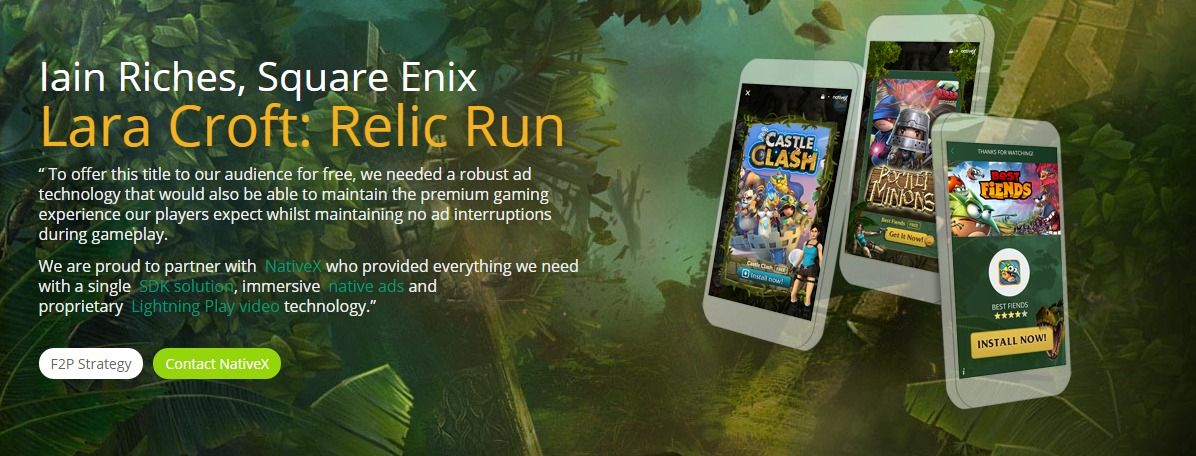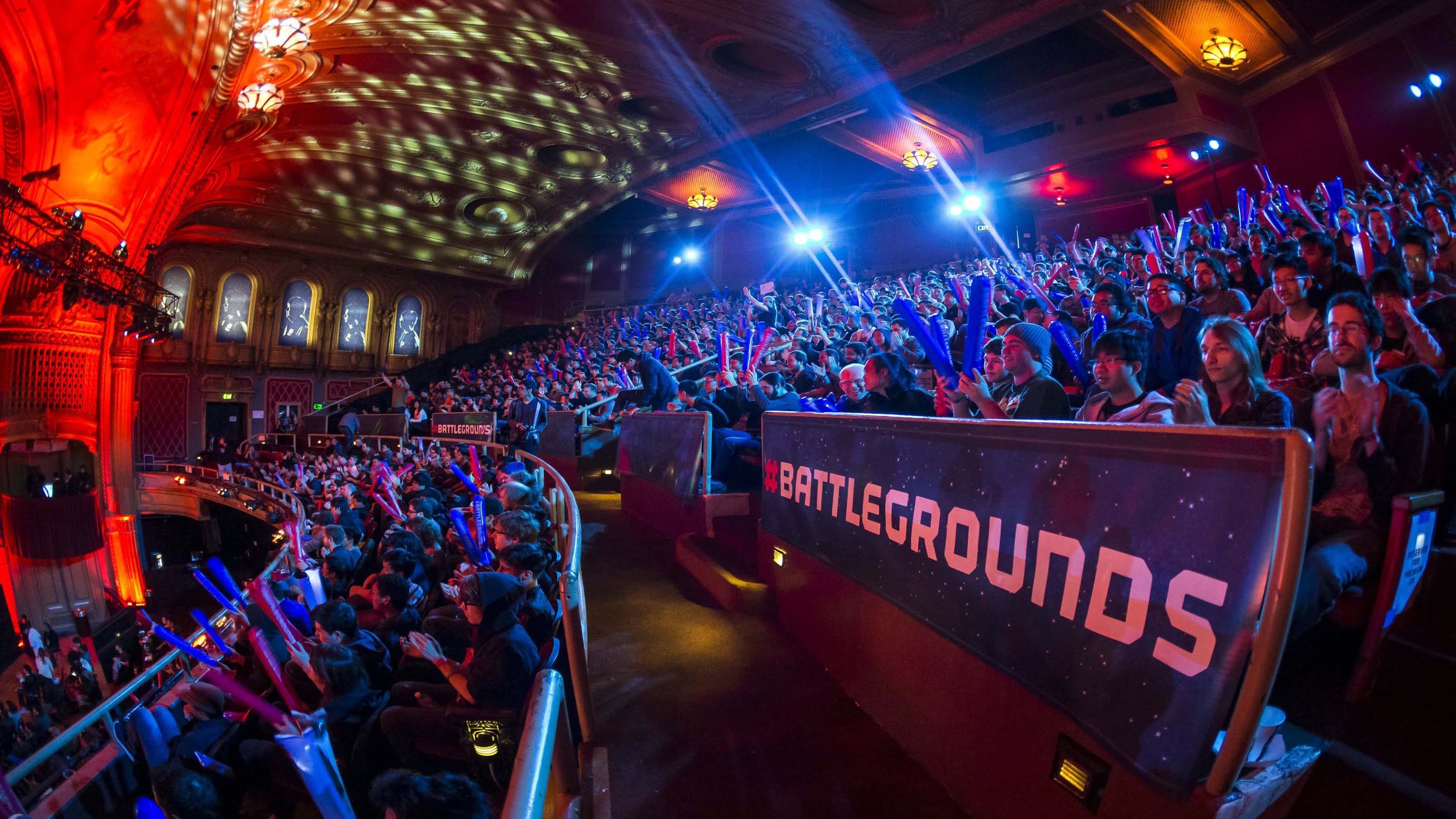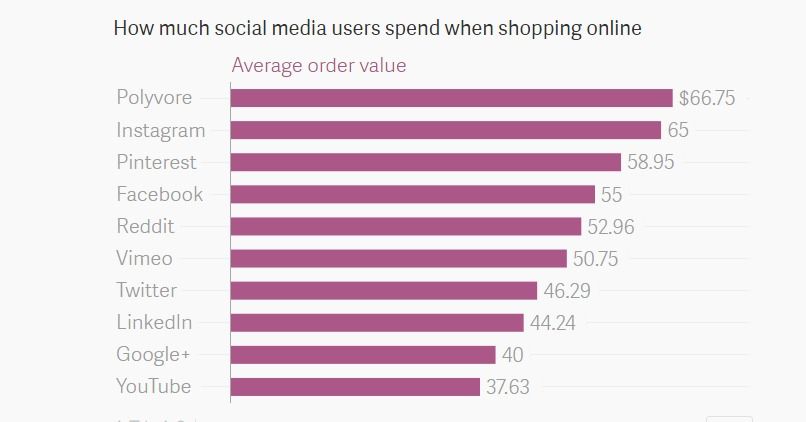The fantasy football industry has become a billion-dollar business, with companies like Draftkings and Fanduel taking a long-time casual game and turning it into an activity shared by millions using apps that let you easily assemble fantasy football teams and bet on the outcomes of your choices. Now, a new mobile gaming technology company, iPro, is taking the whole idea of skill-based competition based on real football games to the next level. Ipro is bringing the more than 40 million players of fantasy sports a new experience play-by-play sports prediction based on dynamic odds with its new app ringit!.
With ringit!, mobile players will be able to make predictions about touchdown or turnover, each and every play and it all happens in real time as NFL games take place. “Real-time, play-by-play predictions with dynamic odds have never been achieved before, but I’m just as excited about the flexibility of this platform,” explains Robert Melendres, founder & CEO of iPro. “Our platform is designed to offer social, fantasy and sports betting gameplay within a single app and with the ability to switch modes automatically based on the user’s location and the laws of that jurisdiction.”
The company has been awarded a patent on the technology, with several more in process. Players will be able to invite and make picks against their friends for fun using virtual chips, or play against the field for cash prizes (in most territories). iPro s exclusive, patented technology can give players more than 15,000 pick opportunities in every NFL game, each with dynamically changing odds based on the game status, team tendencies, players on the field and more.
Tom Goedde, chief marketing officer at iPro, spoke with [a]listdaily about the app and its marketing.
Who’s your target market for Ringit!
Ringit! is aimed at all sports fans and techies who love competition and the action of game day.
How will you market this app
We re marketing ringit! as a sports prediction platform, which is very different from traditional or daily fantasy sports products. Ringit! is built on exclusive, patented technology that enables players to compete alongside live sporting events, in real-time, making picks for each and every play, as odds dynamically change based on the game status, team tendencies, players on the field and more. You’ve never seen anything like it and I can t wait to share it with the world.
Fantasy football is an enormous market. Do you think Ringit! will not only attract those fans but might supplant some of their fantasy football play time
We think fans of fantasy football are definitely going to be attracted to ringit!, because it offers something no-one else is delivering the opportunity to compete against friends or the field by predicting the next play, drive, or game as you watch live NFL football games, in real-time and where the experience constantly changes based on dynamic odds. Now, fantasy sports fans have an enticing option where they don t have to wait for the end of the weekend or season to see if they won.
How complex are the legal issues involved with the various modes of gameplay, and how have you dealt with them especially as the laws are different from state to state How does this affect you you market Ringit!
The laws are complex, and we’ve designed ringit! accordingly. Ringit! is a game of skill, and is therefore legal in nearly every state. Players will be able to access different modes of play, including social mode, which is a game of skill and legal in every jurisdiction, as it does not award monetary prizes. Fantasy mode is also a game of skill, and legal in all but six states, and doesn’t violate federal rules, including UIGEA. In the future, we’ll also launch a sports betting mode, in territories where permitted, where players can place cash bets on picks.
Our products are designed to comply with all jurisdictional regulations. If you are in a region where gaming is legal, iPro will automatically sense that and turns on certain gaming features. For example, if you fly from Seattle where you can only play in social mode, and land in San Francisco, ringit! automatically senses it, and turns on your fantasy gameplay options.
How are you working with the NFL for this product
We aren’t affiliated directly with the NFL, but we have a relationship with the official stats provider for the NFL.
What’s the future hold for iPro and Ringit! and the technology that you have developed Are other sports a possibility, and what’s the global potential like for this technology
Our proprietary technology is certainly suited to expand to other sports categories, and is definitely in our plans. Right now, our focus is on pro football, but we can keep you posted on expansion news. Same goes for branching out to other markets. We re launching first in the US, Canada & the UK, and have plans to expand to other markets soon
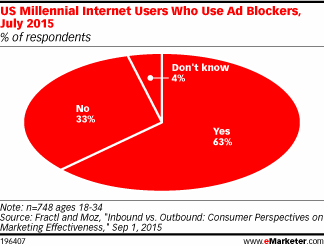
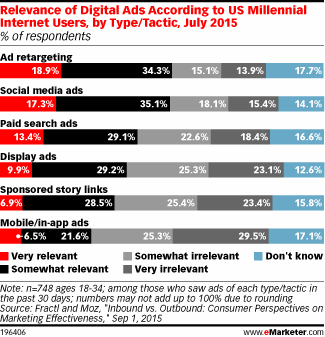
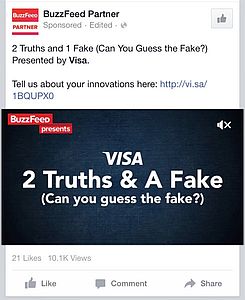
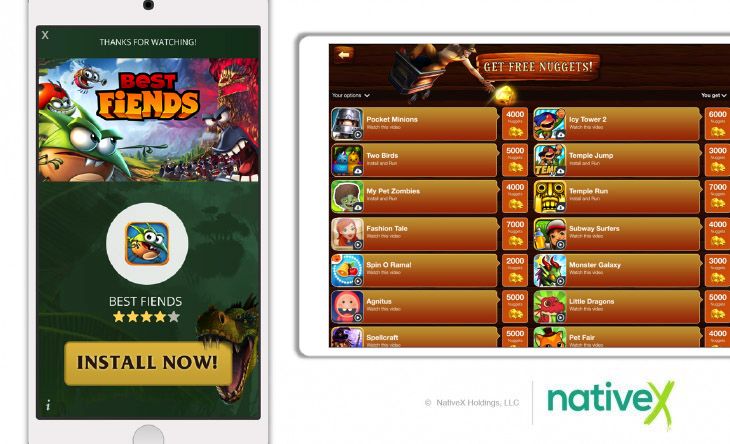
 Robert Weber
Robert Weber
